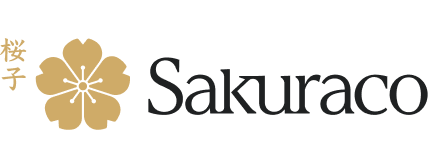fukushima japan, soma nomaoim
Fukushima Japan: Amazing Horse Event Has Women Compete!

Anna Ayvazyan
Posted on June 30, 2025
Share:
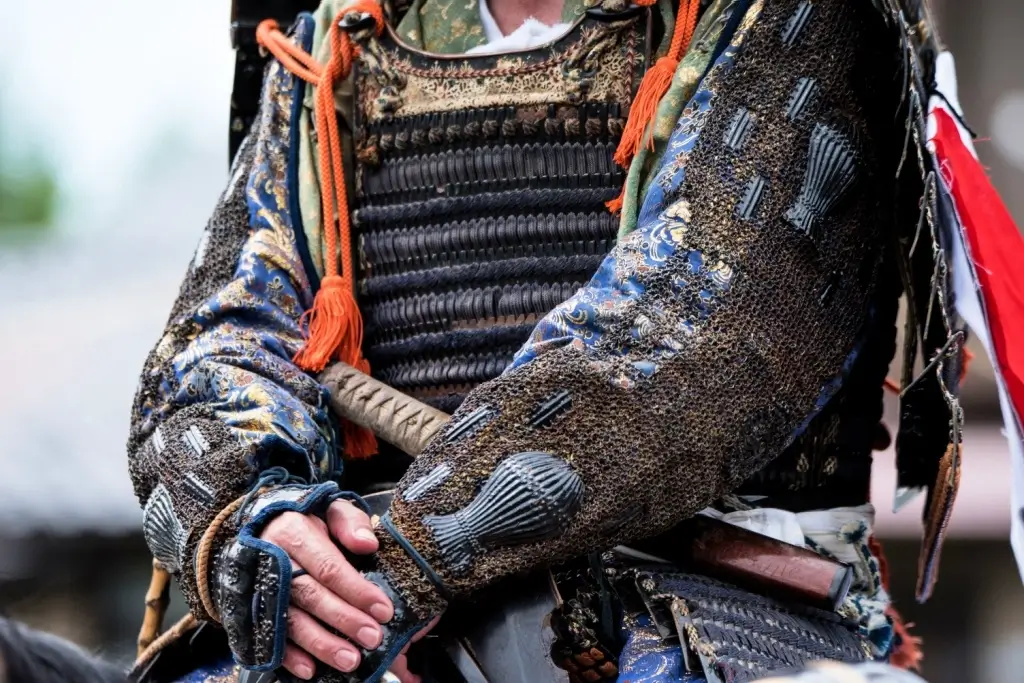
If you’re interested in samurai history and culture, the Soma-Nomaoi festival in Fukushima, Japan, is a must-see! This exciting festival brings ancient samurai traditions to life with horseback races, armor-clad riders, and powerful rituals. Today we’ll explore the rich history and thrilling events of the Soma-Nomaoi festival. We also discuss the recent groundbreaking change that allows women of all ages to participate fully for the first time.
What is the Soma-Nomaoi festival?
Every summer in Fukushima Prefecture, one of Japan’s most exciting and dramatic festivals, the Soma-Nomaoi, or the Soma Wild Horse Chase, takes place. This three-day event feels like stepping into a scene from a samurai movie. Warriors in whole armor ride on horseback, flags flying behind them, as they race, compete, and reenact ancient battles. The festival brings the spirit of Japan’s samurai history to life.
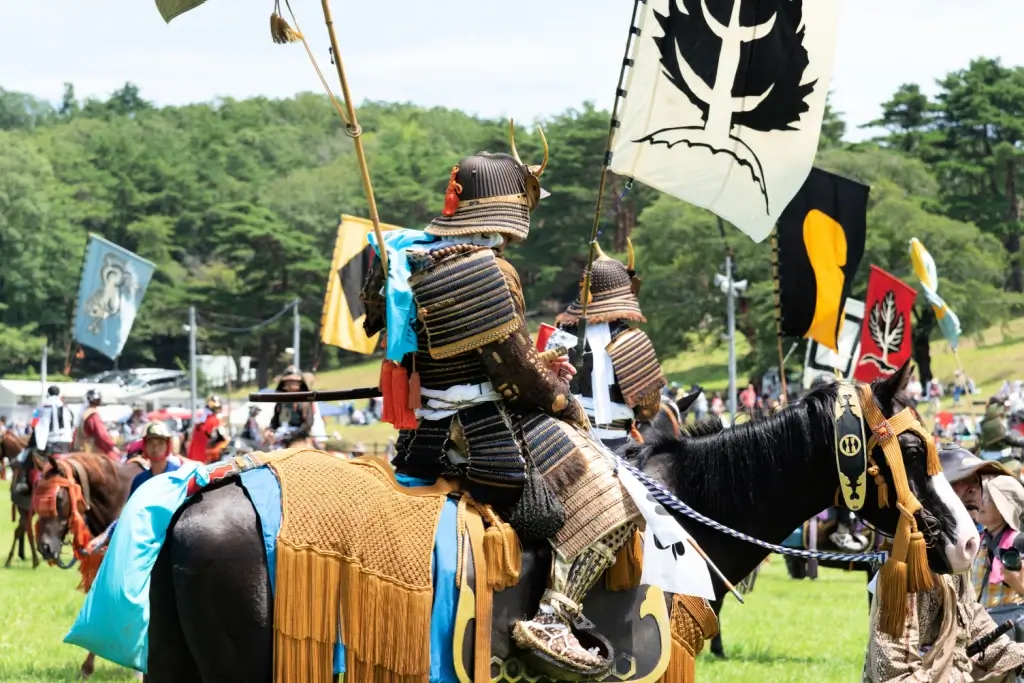
The festival begins with a powerful parade of armored horsemen marching through Minamisoma City. It’s followed by thrilling horseback races and a dramatic event called Shinki-Sodatsusen, where riders compete to catch sacred flags shot into the sky. There’s also a quieter, spiritual side, as the horses are blessed and rituals are held at local shrines.
Visitors across Japan and the world experience this unforgettable mix of action, culture, and ceremony. Whether you’re a history lover, a fan of festivals, or just curious about Japan’s traditions, the Soma-Nomaoi offers an incredible chance to see the legacy of the samurai still alive today.
History of the Soma-Nomaoi Festival in Fukushima, Japan
The Soma-Nomaoi festival has a history that stretches back over 1,000 years. It began as a military exercise for the Soma clan, a powerful samurai family that ruled parts of what is now Fukushima Prefecture. Initially, the event was used to train warriors and their horses for battle. Wild horses were generally released into a field, and samurai tried to catch them like enemy soldiers. The captured horses were then given as an offering to the gods.
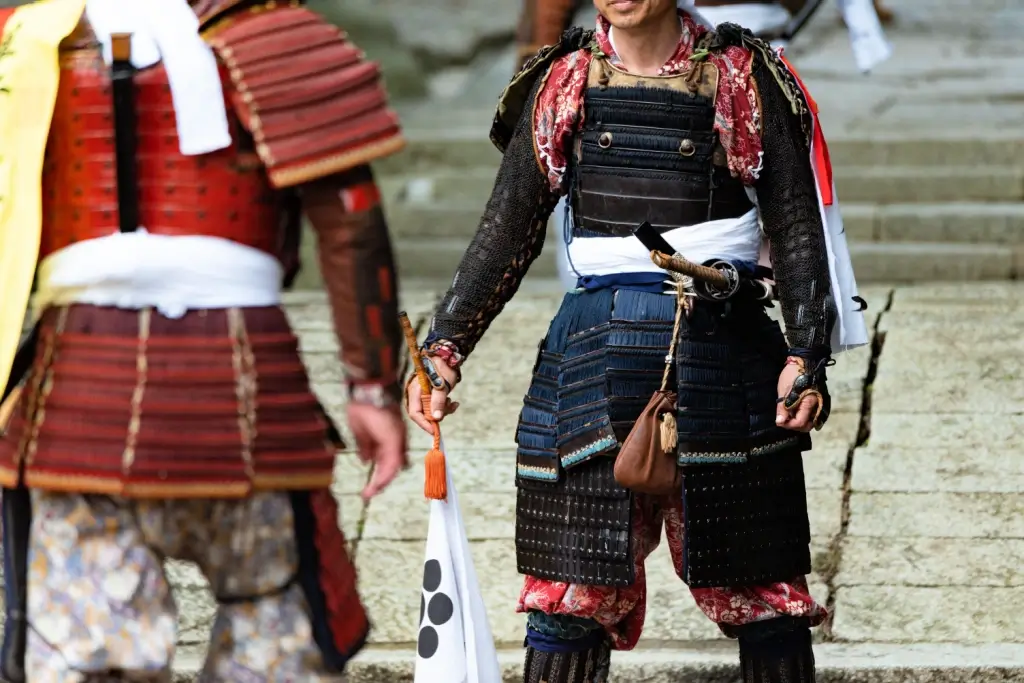
This practice displayed skill and a way to pray for protection and victory in war. Over time, the event became more ceremonial and was passed down through generations. Even today, many participants are descendants of the original samurai families. Moreover, the rituals, clothing, and events have remained faithful to the past, making the festival one of the most authentic displays of samurai culture in modern Japan.
Despite wars, natural disasters, and societal changes, the people of Soma have kept this tradition alive. The festival now serves as a symbol of local pride, unity, and resilience. It also honors the samurai’s spirit while bringing the community together to celebrate their shared heritage in Fukushima, Japan.
Are you looking for great snacks for the summer? Check out Sakuraco! Sakuraco delivers traditional Japanese snacks, teas, and sweets from local Japanese makers directly to your door so you can enjoy the latest treats directly from Japan!
Recent changes to gender rules and reactions
This year, the festival made a landmark change by removing gender-based restrictions on female participants. Only unmarried women under 20 were allowed to ride in the festival for over a century. This rule was first made in 1984 to maintain “warrior-like” authenticity. In February, festival organizers voted to abolish that barrier, opening all events to women of any age or marital status.
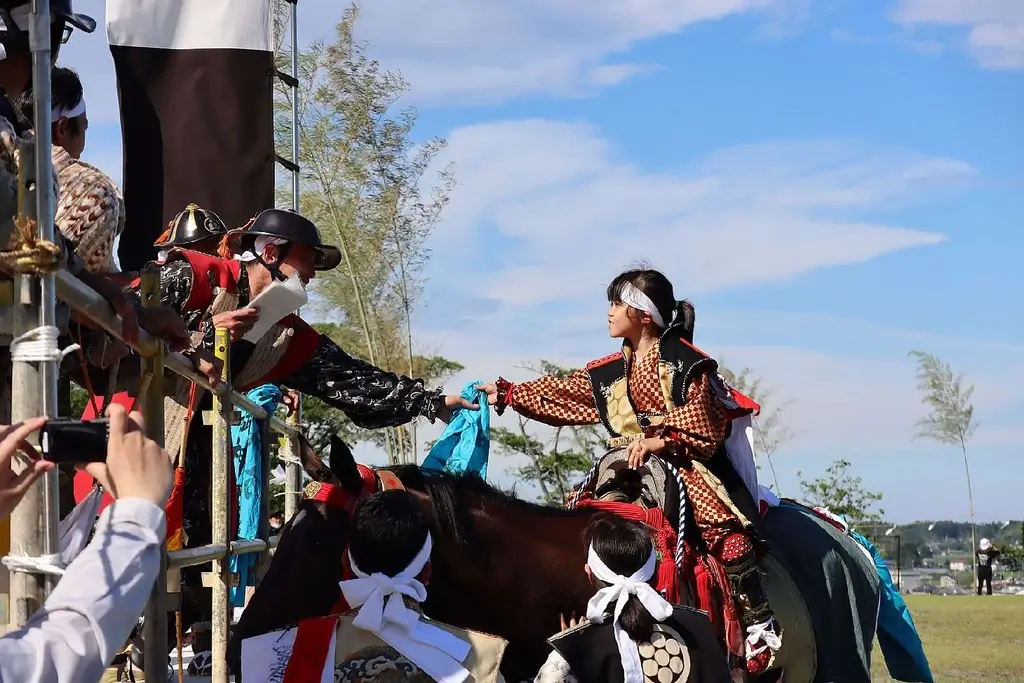
At the May festival, eight women over 20 joined the ranks for the first time. Among them was Miwa Hosokawa, 39, who captured a sacred flag and moved the crowd to tears, dedicating her victory to her late mother. Likewise, 30‑year‑old Ayano Uehara participated in the opening parade, excited to engage more deeply in the ritual and carry the tradition forward.
What do people think of this change in Fukushima, Japan?
Local reaction has been overwhelmingly positive. More specifically, spectators cheered and celebrated the sight of mature women in full samurai gear. Hosokawa’s flag capture was met with wild applause. Cultural leaders see the change as vital to preserving the festival. Removing an outdated gender rule promotes equality, strengthens community participation, and ensures the festival’s survival.
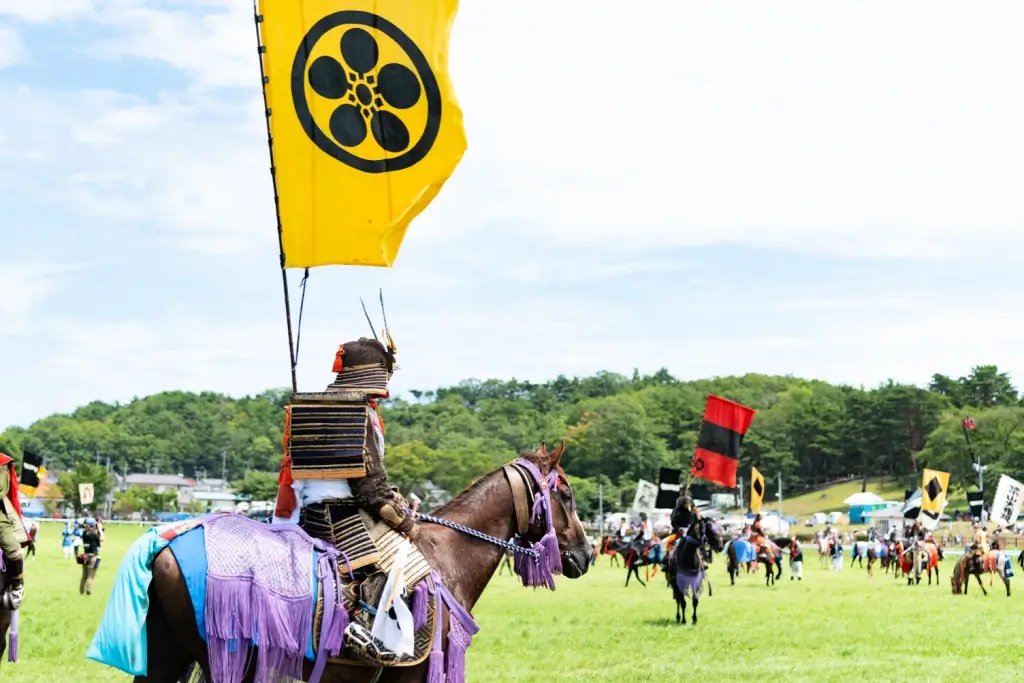
Still, the decision sparked thoughtful debate. Some traditionalists worried about maintaining historical authenticity, yet many believe the evolution was necessary due to the falling population and festival fatigue. Striking a balance between heritage and inclusivity, Soma-Nomaoi renews its spirit, welcoming women as full-fledged warriors and ensuring this 1,000-year legacy rides on into the next millennium.
The move also reflects a broader shift in Japan, where gender roles in traditional institutions are increasingly being rethought. Similar conversations have occurred recently about the possibility of a female emperor, as the Imperial family faces a shortage of male heirs. The topic remains sensitive, but changes like those seen at Soma-Nomaoi show a shift in thinking. Japan is gradually redefining how tradition and gender can coexist in modern society.
Why does the recent change to Soma-Nomaoi’s gender rules matter?
The recent change to Soma-Nomaoi’s gender rules is significant because it means more than just a new rule for a local festival. It shows progress in a very old and respected tradition. Now, women of all ages can join and participate fully, which helps keep the festival alive and strong. As a result, this change proves that traditions can grow and change without losing their meaning.
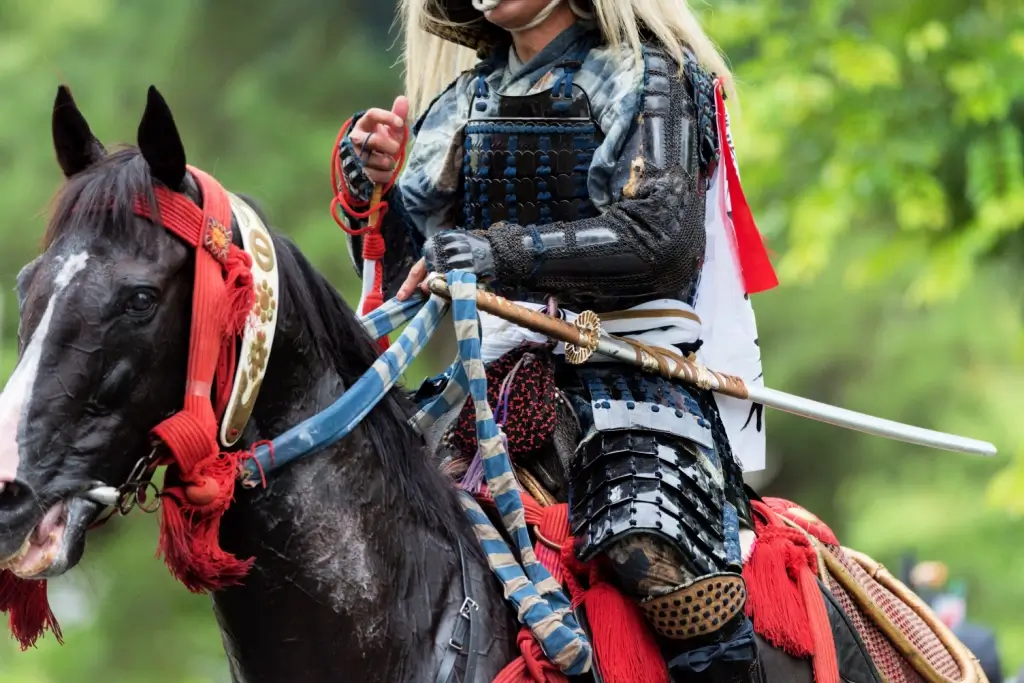
Not to mention, Japan is also thinking about gender roles in other parts of its culture, like the possibility of an empress regnant. Soma-Nomaoi is a clear example of how old customs and new ideas can work together in today’s world. Does your country have a similar festival? Let us know in the comments below!
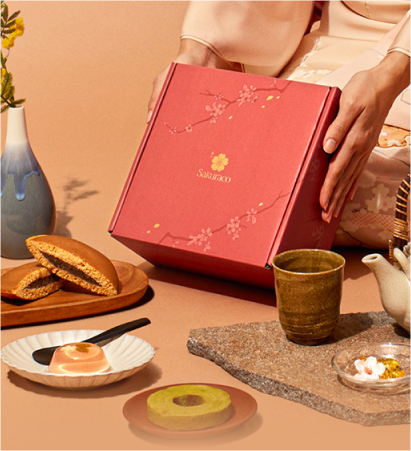
Discover authentic flavors with Sakuraco
Get Sakuraco 

Discover authentic flavors with Sakuraco
Get Sakuraco 
Related Articles
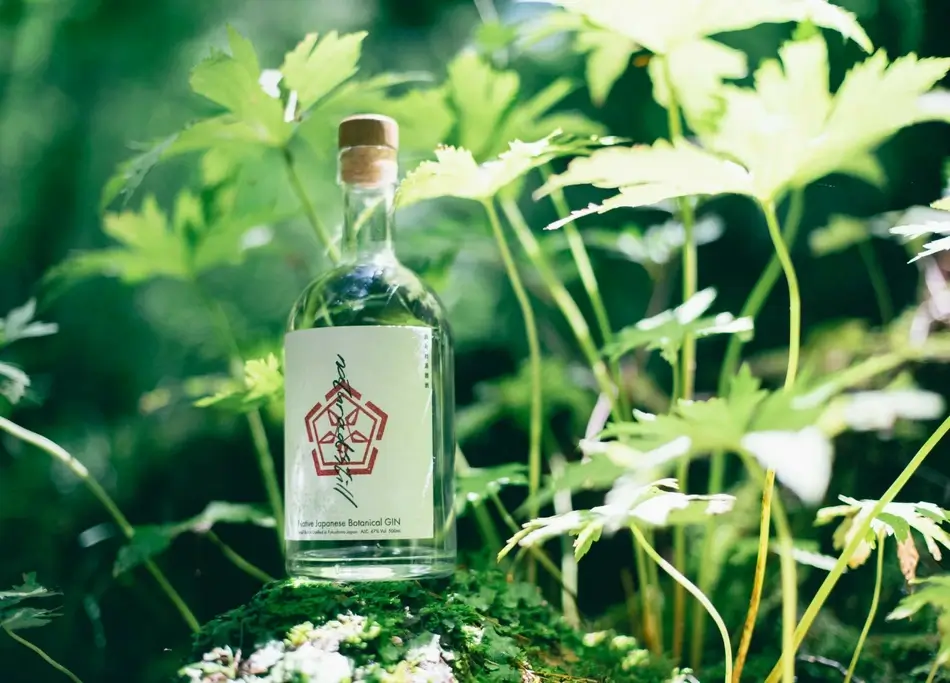
Japanese Gin: How a New Distillery Is Redefining Craft Spirits
Japanese gin has gained popularity due to the use of local ingredients and meticulous production methods by many distilleries. A new gin from Fukushima is adding momentum to this trend by focusing on the region’s water and native plants.

Shuri Castle Receives Partial Restoration in 2025
Shuri Castle, an iconic symbol of Okinawa’s Ryukyu Kingdom heritage, has long captivated the hearts of both locals and visitors. Located in the vibrant city of Naha, Okinawa, the castle’s bright vermilion walls and graceful architecture tell the story of a unique kingdom that flourished independently for centuries.
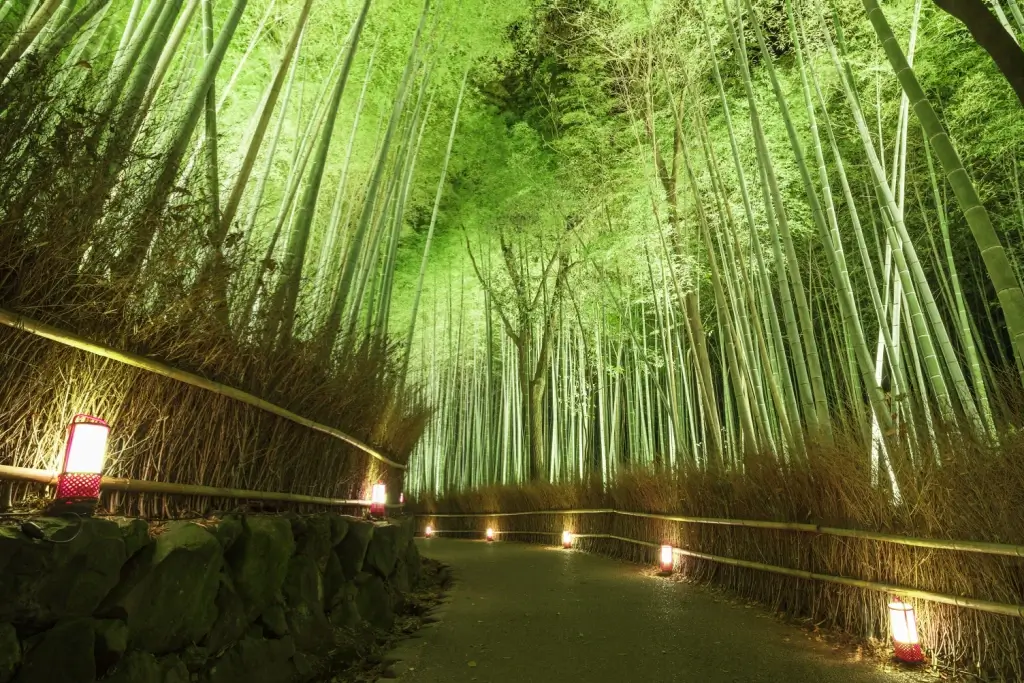
Kyoto Bamboo Forest Light Show: Illuminating Tradition and Nature
Every autumn, Kyoto’s Arashiyama Bamboo Grove (also known as the “Kyoto Bamboo Forest”) has mesmerized visitors with its mysterious charm and soothing atmosphere. The bamboo light show has returned in 2025 after a four-year break caused by the pandemic.
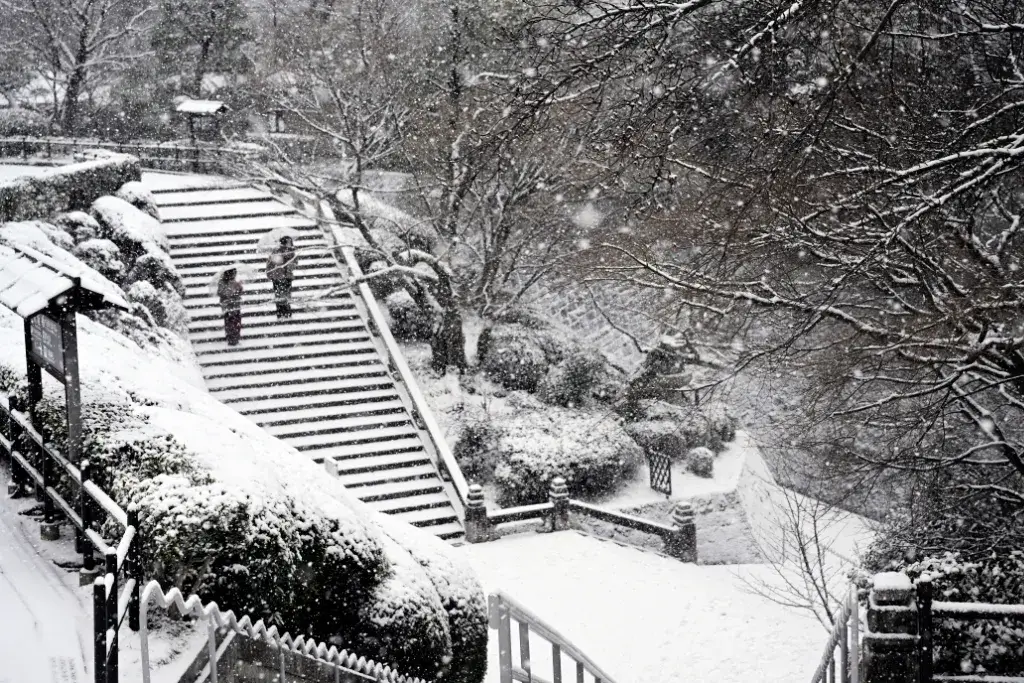
Japan Winter Came Too Early: Should We Be Worried?
Typically, late November brings cool days, with dipping temperatures around 10 to 15°C (50–59°F) in many regions. This year, though, things feel different. Because of these changes, many people are asking: Did Japan’s winter really arrive too soon?

